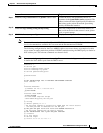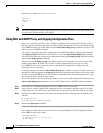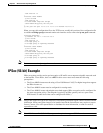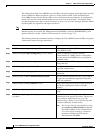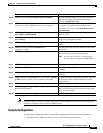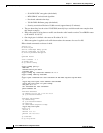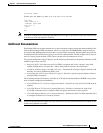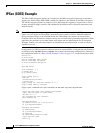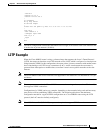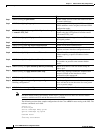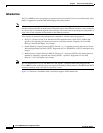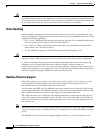
3-17
Cisco uBR924 Software Configuration Guide
OL-0337-05 (8/2002)
Chapter 3 Advanced Data-Only Configurations
L2TP Example
version 2
network 10.0.0.0
network 192.168.100.0
!
ip classless
no ip http server
no service finger
!
access-list 200 permit ip host 10.1.0.25 30.1.1.0 0.0.0.255
!
line con 0
exec-timeout 0 0
transport input none
line vty 0 4
login
!
end
Note The above configuration assumes that the DHCP server assigns an IP address to the cable interface that
is in the class A private network (10.0.0.0).
L2TP Example
When the Cisco uBR924 router is using a software image that supports the Layer 2 Tunnel Protocol
(L2TP), the router can function as an L2TP network server (LNS), which is one part of a virtual private
dialup network (VPDN). In this configuration, the router creates a secure connection with another router
that is functioning as an L2TP access concentrator (LAC)—traffic sent between the two routers is
protected from interception or modification, even when it travels across public networks such as the
Internet.
Note The Cisco uBR924 cable access router does not support the L2TP feature in Cisco IOS Release 12.1(3)T
and above.
Note The computer connected to the Cisco uBR924 router must be running software, such as Windows 98,
that supports VPDN connections.
Configuration of a VPDN can be very complex, depending on the networks being used and how many
peer devices will be establishing VPDN connections. The following table shows the minimum
configuration needed for a typical VPDN configuration on a Cisco uBR924 router using the L2TP
protocol (the LAC must be similarly configured).
Note Cisco IOS Release 12.1(5)T, 12.2(2), or greater is required to support GRE IP tunnels.



